Power failures and voltage fluctuations can cause considerable damage. A suitable UPS system reliably protects your IT systems. In this guide, you will learn how to find the optimum uninterruptible power supply (UPS) for your requirements. A UPS (uninterruptiblepower supply) ensures stable voltage in your IT network and intervenes immediately if problems are detected in the power grid to prevent damage and outages.
This guide will tell you everything you need to consider when choosing the right UPS system. We offer you a comprehensive overview of the different types of UPS and their areas of application so that you can find the system that best suits your devices and individual requirements.
A UPS reliably protects your technical devices from faults in the power grid, e.g. lightning strikes or short circuits, by immediately switching to battery power when required. Particularly in the event of brief and often unnoticed power failures or voltage fluctuations, the UPS intervenes automatically, keeping your IT systems stable and protected. Due to the frequency of such incidents, a UPS is an important component of IT security.
UPS systems are divided into three categories:
Online UPS, Offline UPS and Line-Interactive UPS. They usually consist of one or more battery modules. If a UPS only has one battery module, this remains continuously active to ensure protection at all times. In UPS systems with several battery modules, an optimized load distribution is used: some of the modules remain on standby and are only activated when there is a higher power demand. In this way, the UPS not only provides reliable protection, but also ensures efficient and long-lasting use of its components.

UPS systems have different requirements and are therefore divided into 3 different classes: Standby/offline UPS, line-interactive/grid-interactive UPS and continuous converter/online UPS. Depending on the type and capacity of the UPS, the bridging time can be between a few minutes and over an hour - the energy requirements of the devices and the batteries used are decisive. You can find out more about online UPSs in our blog post “3-phase UPS for protecting demanding networks - IT-Planet”.
| Aspects | Standby/offline UPS | Line-interactive/grid-interactive UPS | Continuous converter/online UPS |
|---|---|---|---|
| Protection | Protection against brief power failures and voltage dips | Protection against voltage dips, overvoltages and short-term voltage peaks | Continuous supply and protection against all types of power failures |
| Area of application | Best for smaller devices or home computer use | Well suited for PCs, smaller servers and networks | Ideal for large servers, data centers or critical systems |
| Mains filter function | No | Yes | Yes |
| Switchover times | Up to 10 ms | Up to 4 ms | None |
| Maintenance and monitoring | Simple maintenance, no monitoring functions | Extended monitoring possible, regular maintenance recommended | Advanced monitoring, automated maintenance, more complex care |
| Energy efficiency | Low energy losses, as only active when required | Better efficiency, but slight losses due to continuous control | Higher energy losses due to continuous conversion, but maximum stability |
| Price-performance ratio | Inexpensive, but with limited functions | Medium price, good ratio of function and cost | Higher price for comprehensive protection and advanced technology |
| Average bridging time | approx. 3-5 minutes | approx. 5-15 minutes | approx. 15-30 minutes (or more with additional batteries) |
UPS systems are essential in hospitals, data centers and offices to ensure a continuous power supply and are often combined with emergency power systems. Emergency power supply is particularly important for sensitive electronics. Depending on the area of application, there are specific requirements and suitable solutions of UPS types:

Server rooms/data centers
Industrial plants
Retail and office equipment
Educational Institutions / Universities
Hospitals
Careful installation and regular maintenance are crucial for the reliability and efficiency of your UPS. This will extend its service life and prevent breakdowns:
There are various factors to consider when it comes to UPS connection types. In our blog post “UPS connections explained: Everything about plug connections and connectors”, you will find comprehensive information on the different plug types and connections.
As UPS systems serve as backup power supplies, it is important to make the right choice. When selecting a UPS, many factors need to be considered, and you should define which systems in your company the UPS will support. UPS systems differ significantly in design and technology, which greatly influences the selection.
Before selecting a suitable UPS system, you should calculate the power requirements of all connected devices. The output power of the selected UPS should be 20 - 25 % higher than the total power consumption of the connected systems.
The more systems connected to the UPS, the shorter the bridging time. The bridging time is the period during which the UPS can continue to supply power to the systems evenly in the event of a power failure. Therefore, only the most important systems should be connected to the UPS.
Our recommendation:
This is just a recommendation when choosing a UPS. If you are unsure which UPS is the right one for your application, you can contact us. We will be happy to advise you in detail and help you make the right choice.
Now that you know the different types of UPS and their requirements, the question is which brand best suits your needs. APC, CyberPower, Eaton and multimatic offer a wide range of solutions - from rackmount UPS systems and tower UPS devices to modular UPS systems that reliably protect your IT infrastructure. Here we present our partner brands in the power supply sector:
APC is a leading provider of UPS systems for various applications, from small offices to data centers. APC UPS systems offer particularly high reliability for offices and server rooms. The Smart-UPS series offers reliable protection with flexible runtimes, while the Smart-UPS On-Line with double conversion technology and scalable autonomy is particularly suitable for demanding applications. APC attaches great importance to energy efficiency, which reduces operating costs and protects the environment.
Eaton offers reliable, high-performance UPS systems that are particularly suitable for industrial applications. With integrated monitoring and control solutions, Eaton ensures a stable power supply, even in demanding environments. These UPSs reliably protect against data loss and system failures and are ideal for both workstations and large data centers.
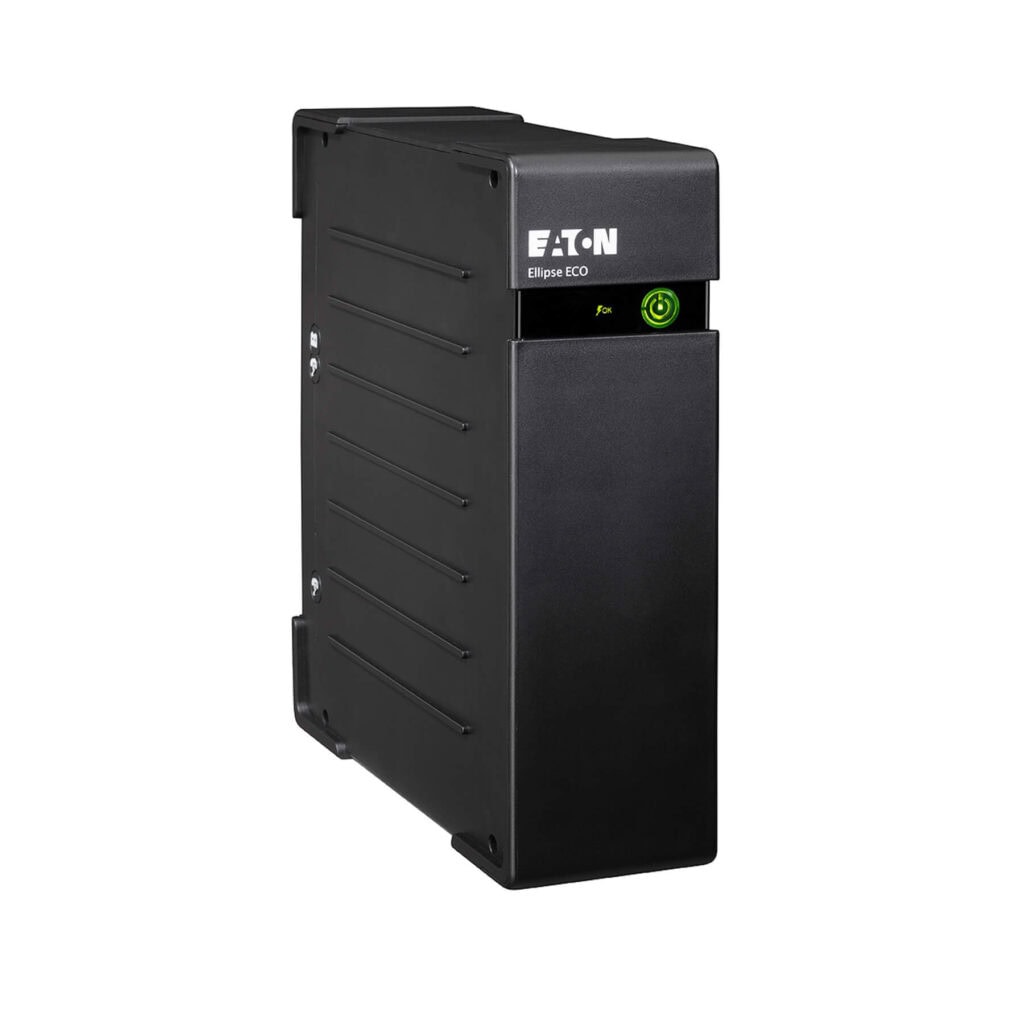
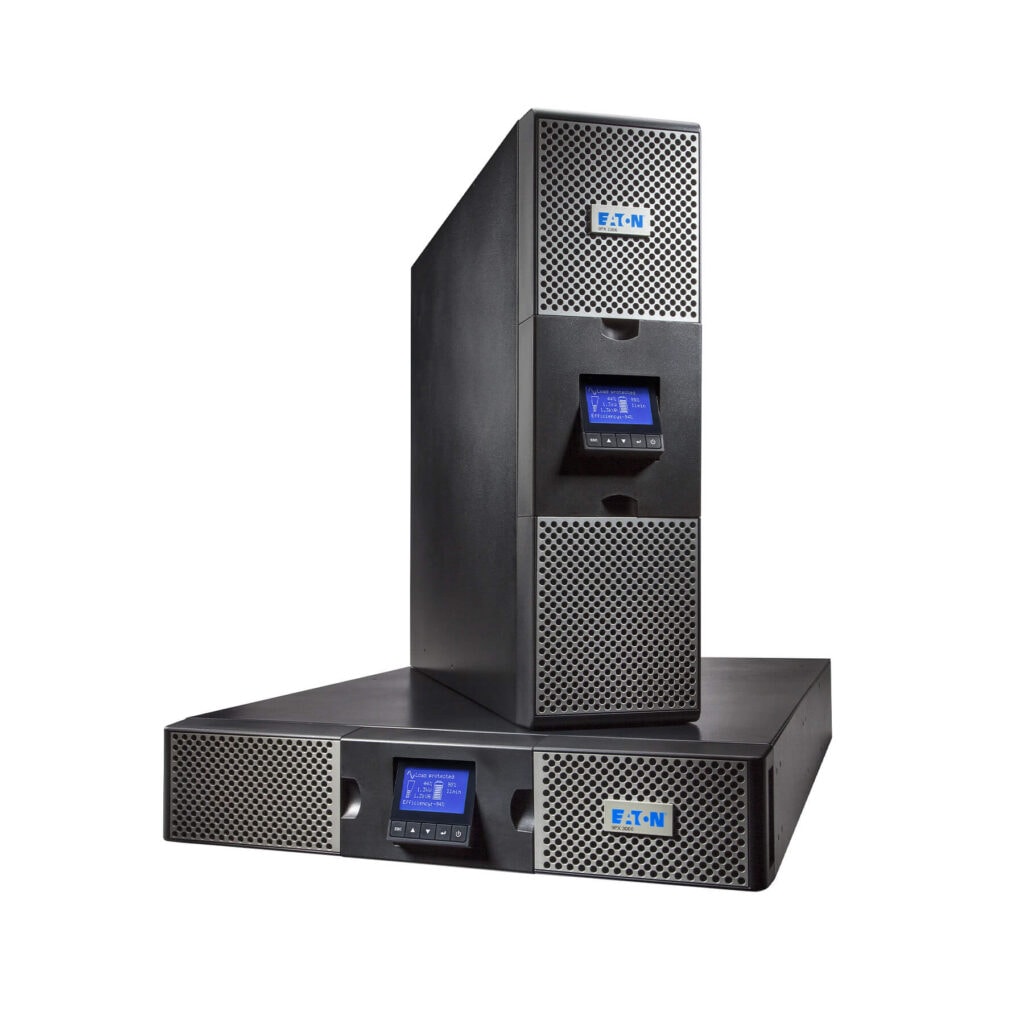
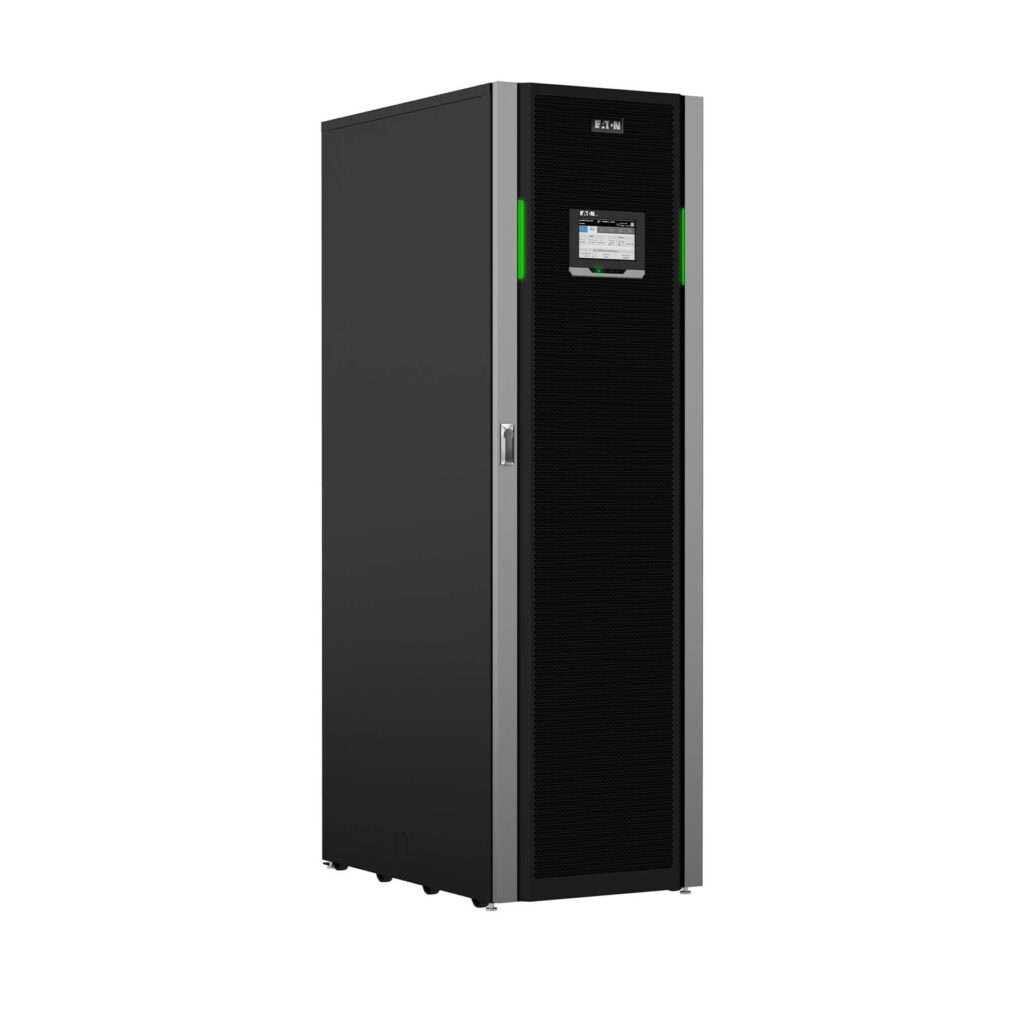
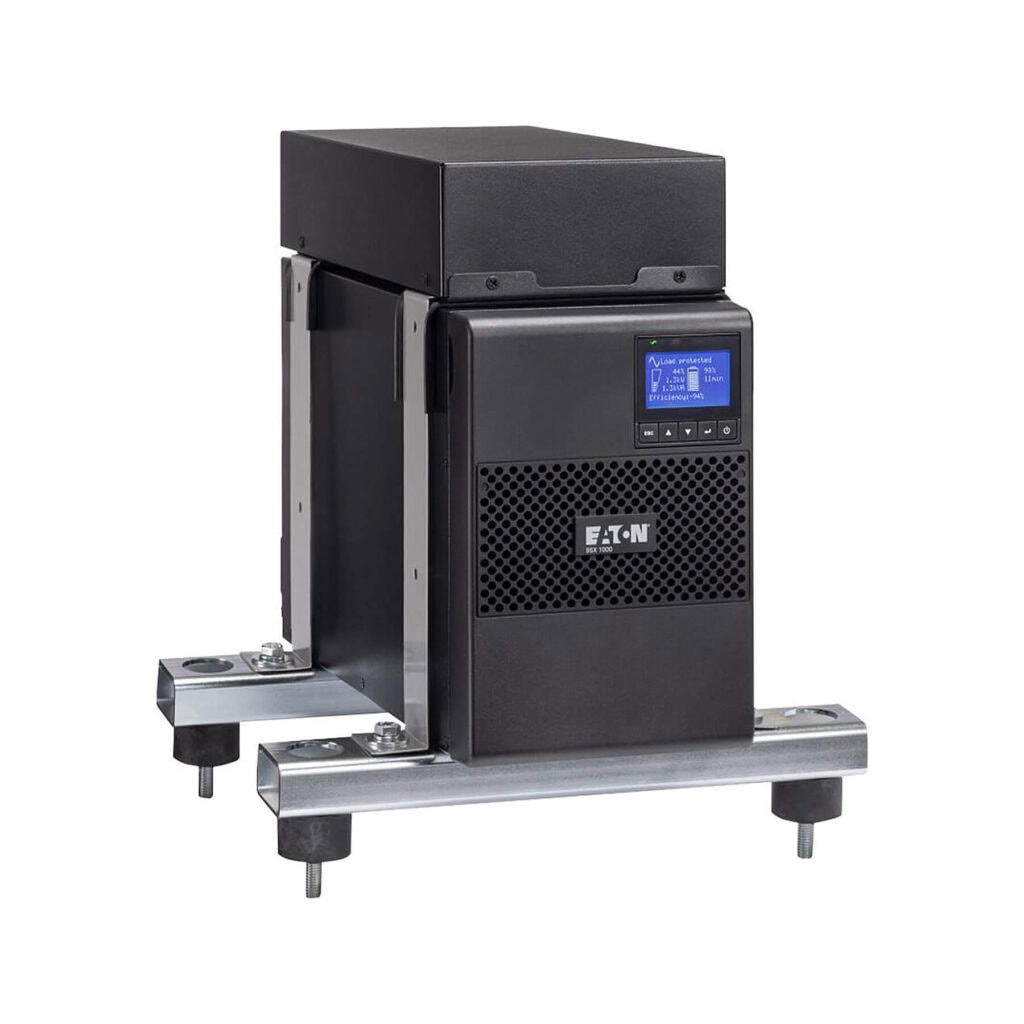
CyberPower offers cost-effective UPS solutions for small to medium-sized businesses and home users. A CyberPower UPS allows servers, network devices, and workstations to be protected simultaneously. The GreenPower UPS technology ensures reduced energy consumption and extended battery life, while the devices impress with quiet operation and an intuitive LCD display. The brand CyberPower offers an efficient, environmentally friendly solution to protect your devices and data.
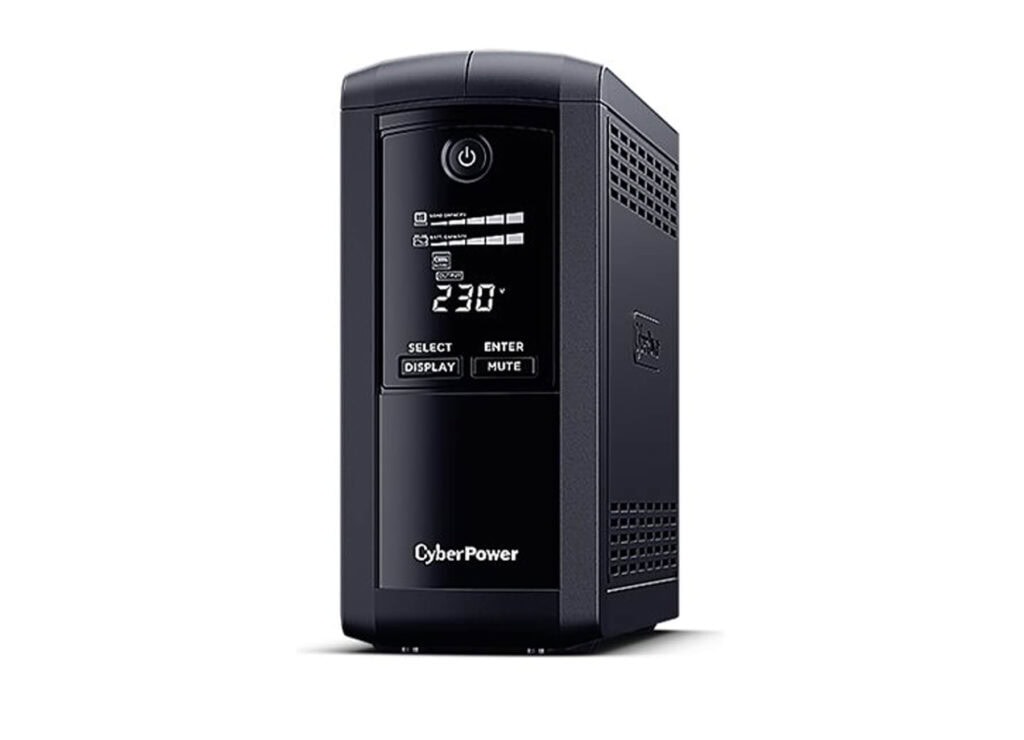
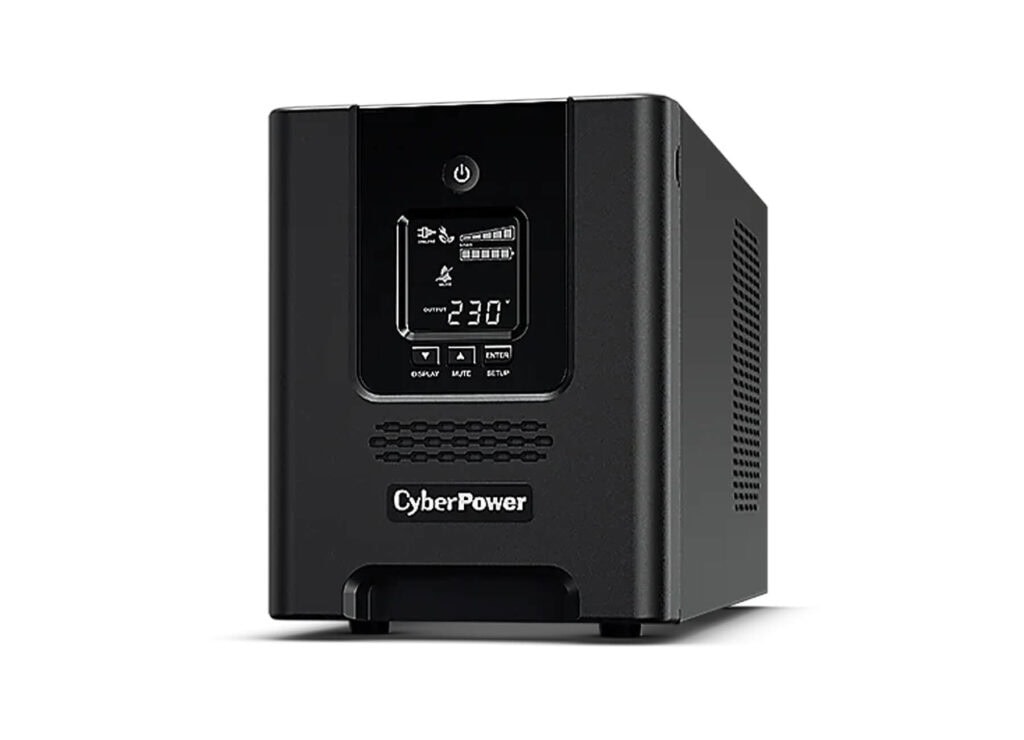
Multimatic offers modular UPS systems that can be flexibly adapted to different IT and industrial requirements. With user-friendly monitoring options and a robust design, the UPSs are particularly suitable for demanding environments. The long service life and extended warranty options make multimatic the ideal choice for reliable protection in various applications such as data centers.
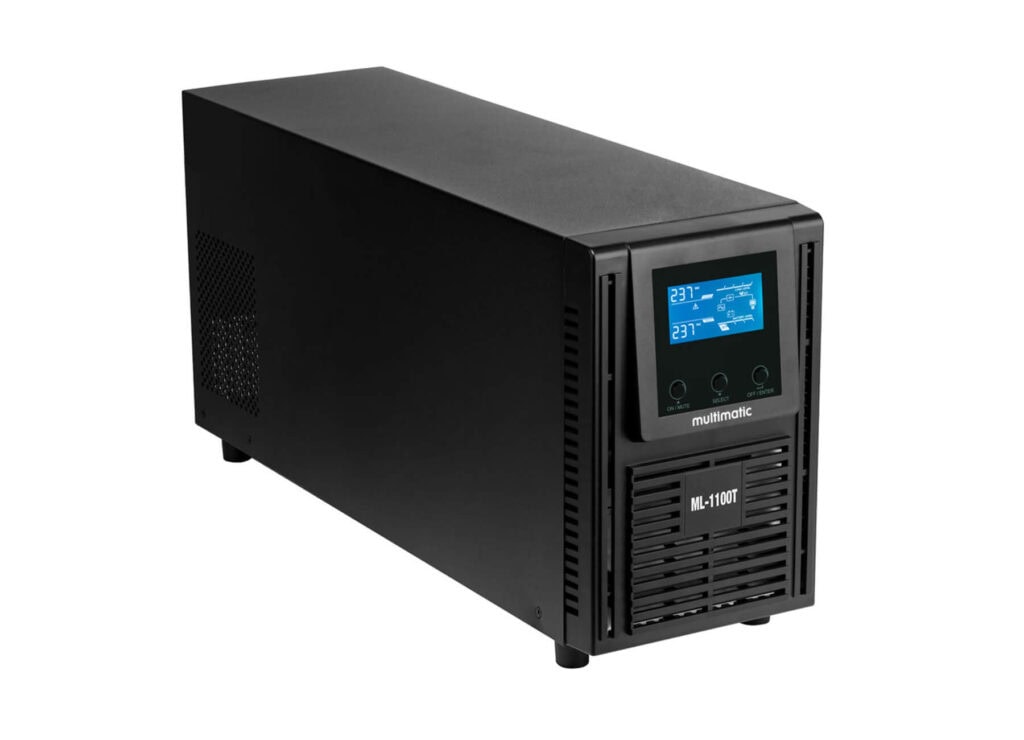
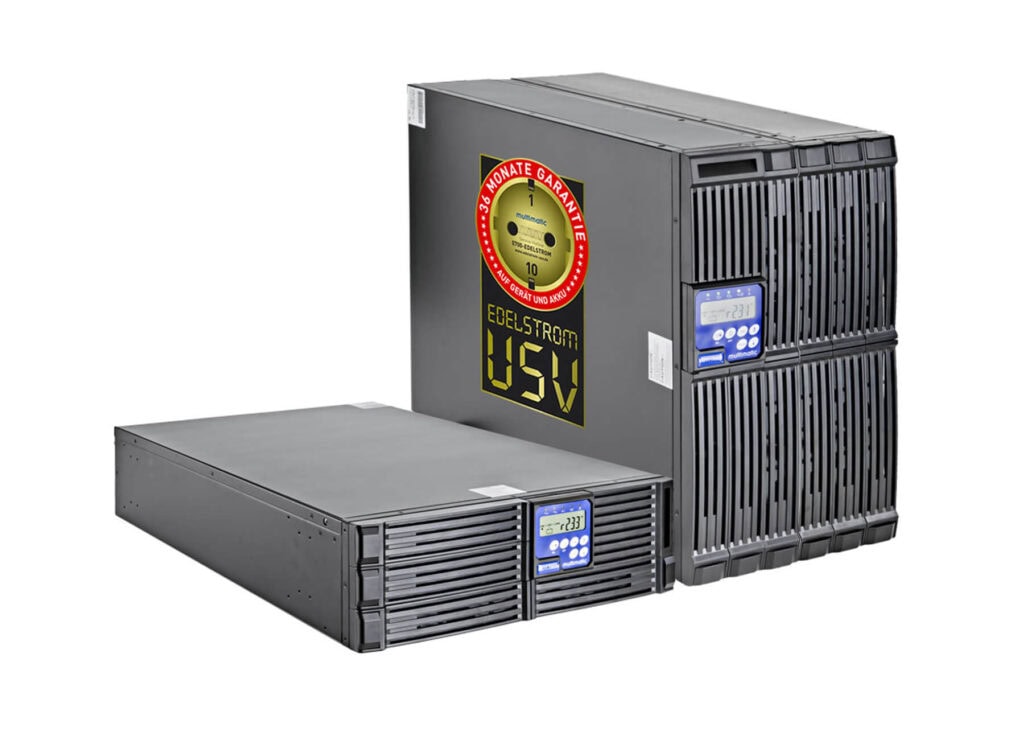
UPS systems are designed to continue running without interruption in the event of power failures - the batteries play a central role here. Their service life depends heavily on optimum conditions such as a constant temperature and a stable mains supply.
In a UPS, accumulators are used to store energy to ensure the power supply in the event of a power failure. They are constantly charged during normal operation so that sufficient energy is immediately available in an emergency. In the event of a power failure, the stored direct current (DC) from the battery is converted into alternating current (AC) via an inverter. This allows the connected devices to continue operating without interruption.
VRLA batteries (valve-regulated lead-acid batteries), hydrogen cyanide batteries (closed or open) and lithium-ion batteries are usually used in UPS systems. VRLA batteries are low-maintenance and compact, while open hydrogen cyanide batteries offer a longer service life but require special safety precautions and more maintenance. Lithium-ion batteries are particularly efficient and space-saving and require little maintenance. Find out more about batteries in our blog post: “UPS batteries: Selection, maintenance and replacement - Everything you need to know”.
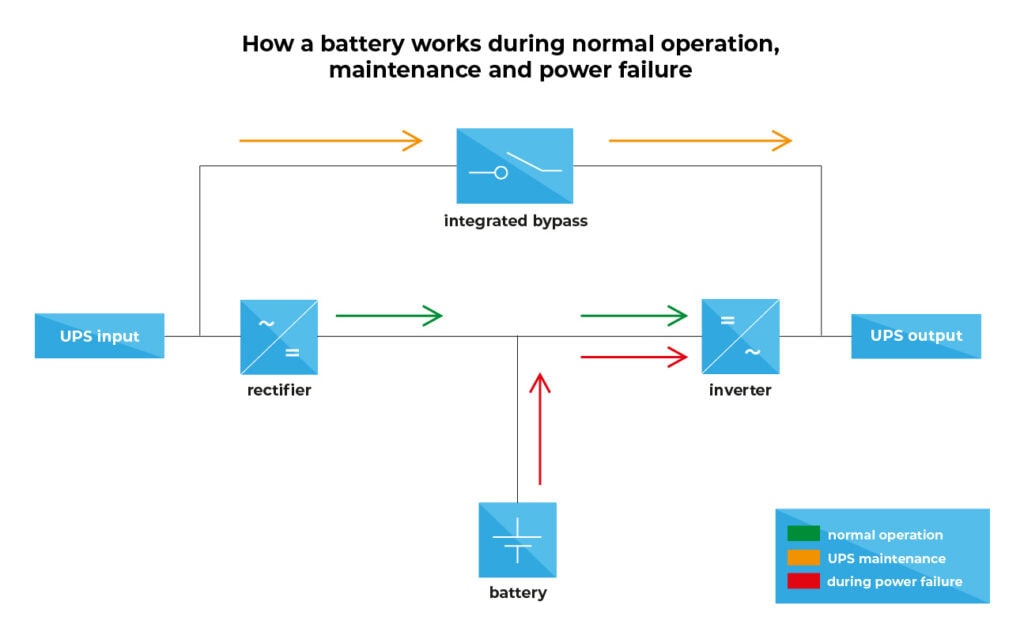
! Note: Replacement by trained personnel if possible!
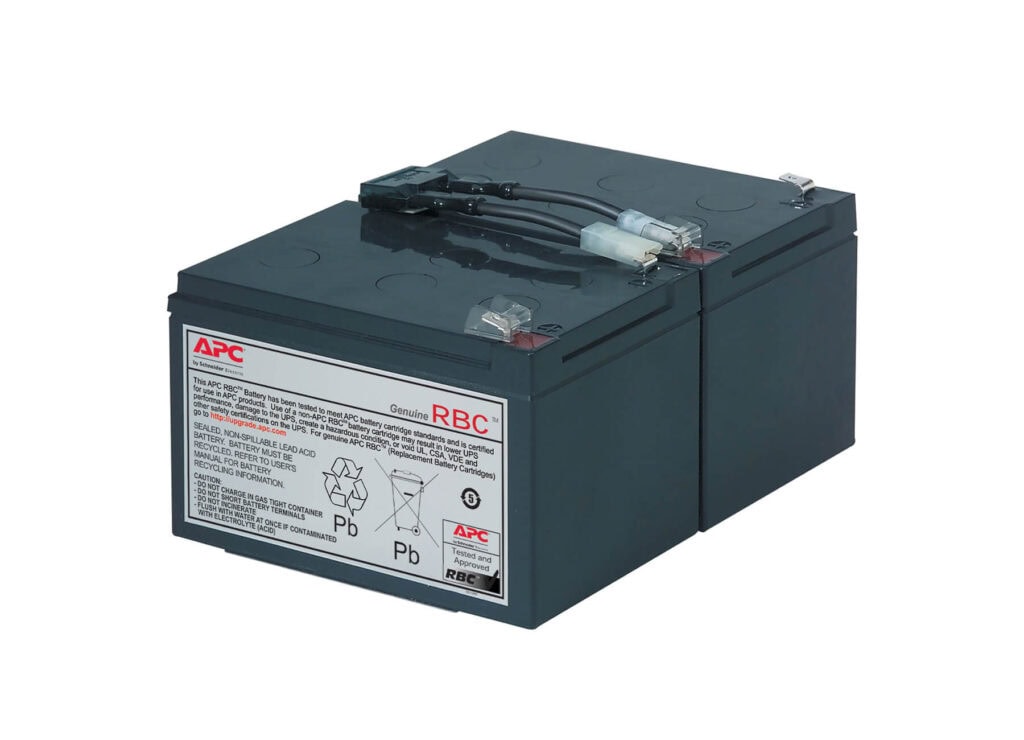
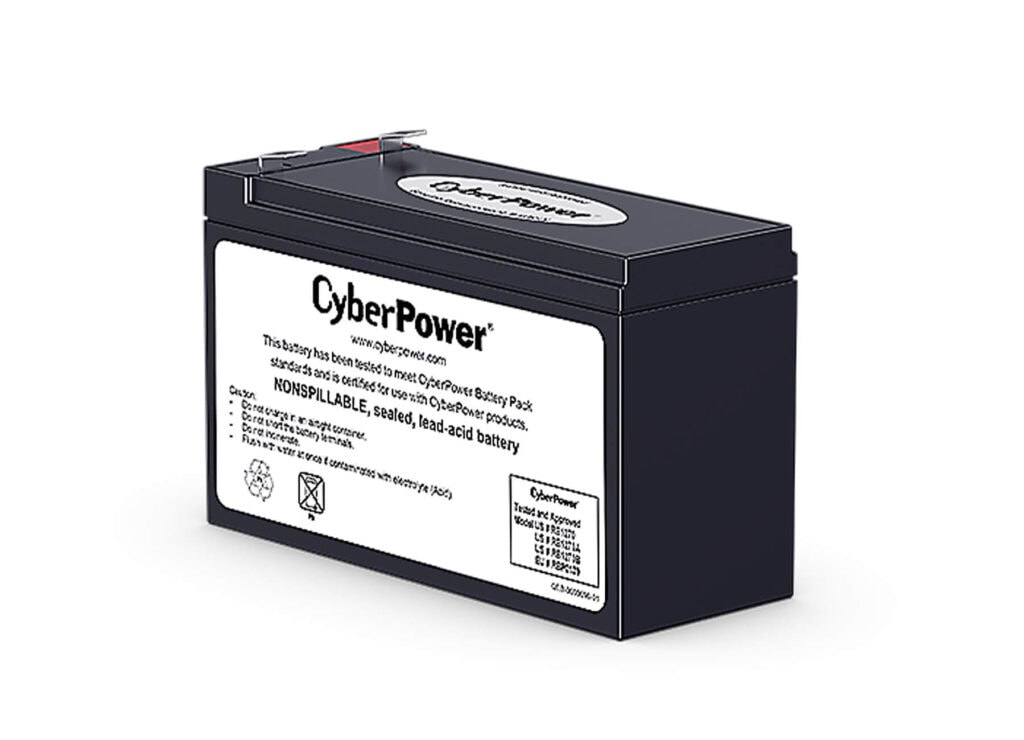
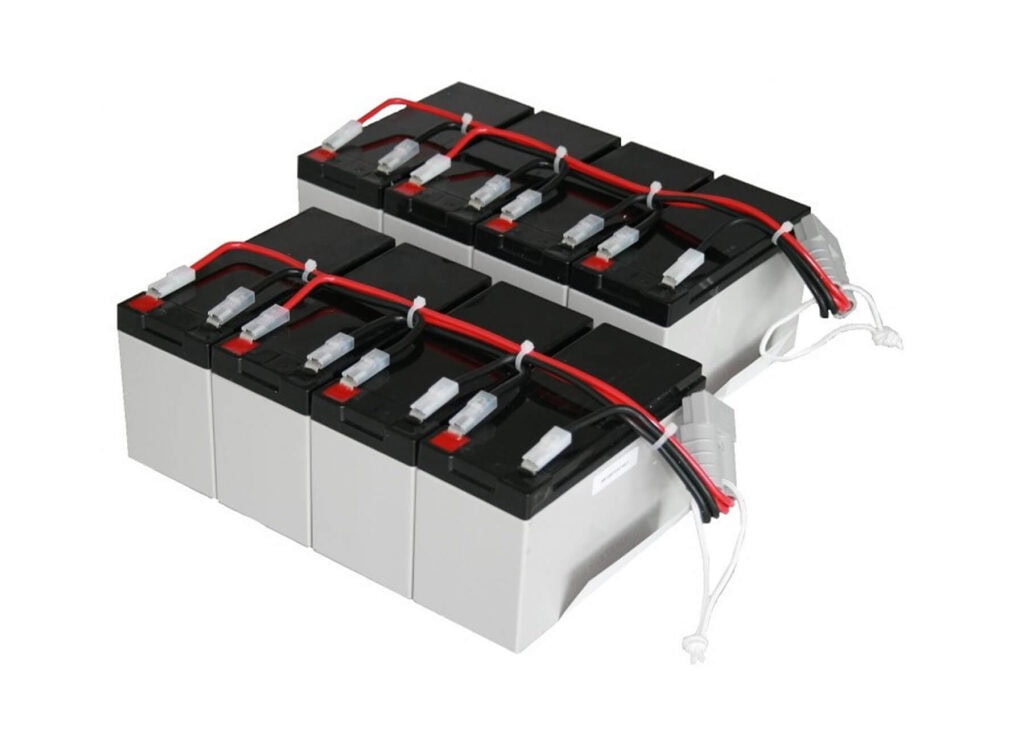
We hope that this article has given you the information you need about UPS systems. In our store you will find a large selection of UPS systems that are perfect for your company - including models from well-known brands such as APC, CyberPower, Eaton and multimatic.
Are you unsure which UPS system is right for you? Contact us for individual advice or visit our online store for more information. Let our experts advise you - either via our inquiry form or our contact form for an individual consultation.
Not sure whether it's worth buying a UPS system? In our blog post on “Power failure and overvoltage”, you can find out more about how you can protect yourself with a UPS or other options.
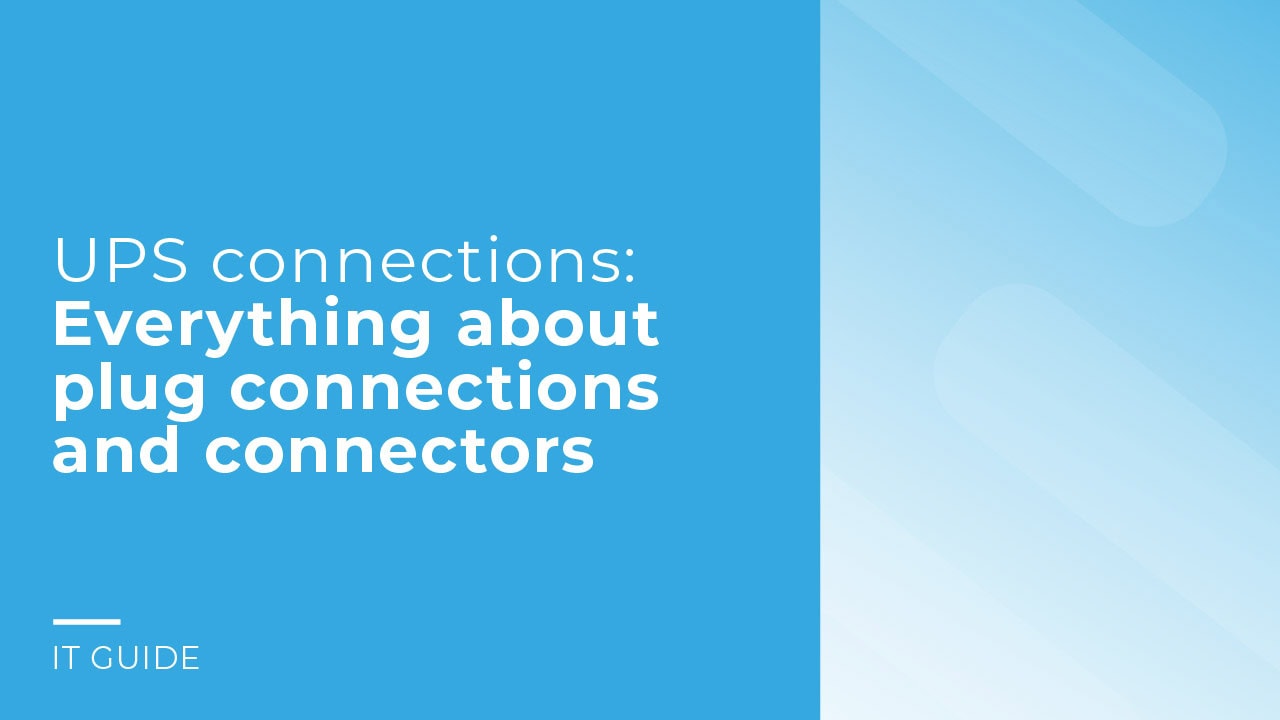
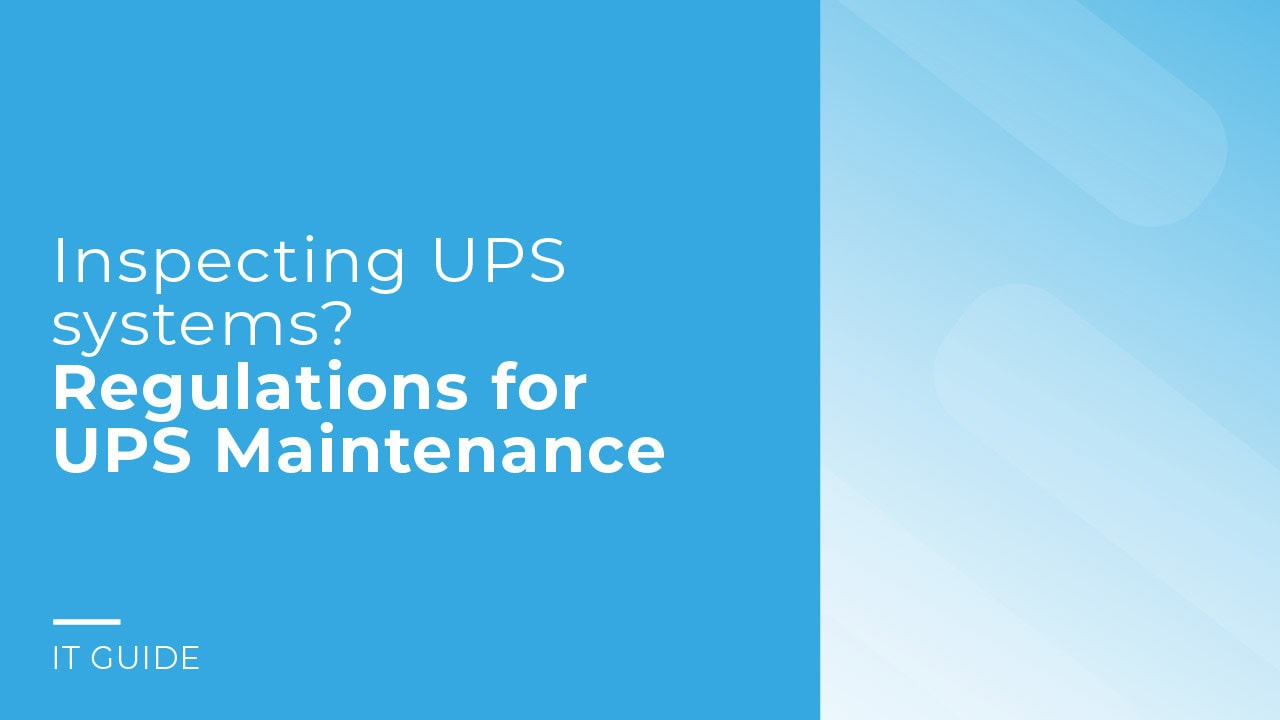

There are several ways to monitor and control modern UPS systems, often using special software. This enables the UPS to be shut down in an orderly manner when the battery level reaches a critical point. Other factors can also be monitored, such as battery voltage, charging capacity and temperature. The connection is made either via interfaces such as USB, RS-232 or Ethernet, or via web interfaces and various management software. SNMP monitoring is also possible.
UPS batteries should not only be replaced in good time, but also maintained regularly. Battery replacement depends on the battery type and its service life: lithium-ion batteries and open lead-acid batteries have a service life of 10-25 years and should be replaced after 8 years at the latest. VRLA batteries, on the other hand, only have a service life of 5 years and should therefore be replaced after 4 years at the latest. Both VRLA batteries and sealed lead-acid batteries require regular maintenance as they are subject to greater wear and tear.
The following applies: Even with efficient, long-lasting batteries, occasional checks should be carried out to check their condition and ensure that they are not replaced too late.
Our recommendation:
Offline UPS: Basic protection at a reasonable price for private use, home offices or entertainment.
Line-interactive-UPS: Higher, reliable protection for small businesses with multiple networks and high power requirements.
Online-UPS: Efficient, powerful protection for outputs up to 20 kW for large server rooms, data centres and sensitive equipment.
During a power outage, UPS systems help to back up important data, protect the system and keep connected devices running during the bridging period. In battery mode, the bridging period depends on various factors:
Thus, depending on various factors, the bridging time can range from a few minutes to several hours.
Despite similar battery technology, small and large UPSs differ in their handling. Smaller systems often only require one battery, which simplifies maintenance. Larger UPSs, on the other hand, may require multiple battery strings, which means more complex monitoring.
According to the IEEE, a battery is at the end of its service life when it delivers less than 80% of its original capacity. As soon as this limit is reached, the condition deteriorates more quickly. It is then necessary to replace the battery.
Recharging the battery takes approximately ten times the discharge time. For example, a 40-minute discharge requires approximately 400 minutes of charging time.
The service life of unused batteries decreases if they are stored without intermediate charging. As lead batteries discharge automatically, they should be recharged every 6 to 10 months. If the batteries are stored at 10 degrees Celsius or lower, the storage period can be extended without recharging.
Batteries function for around 100 discharge and charge cycles. After about 10 discharges, however, the batteries show a noticeable reduction in capacity. Batteries with a lower capacity provide less runtime. Batteries with a high capacity deliver stable performance and a longer service life.
